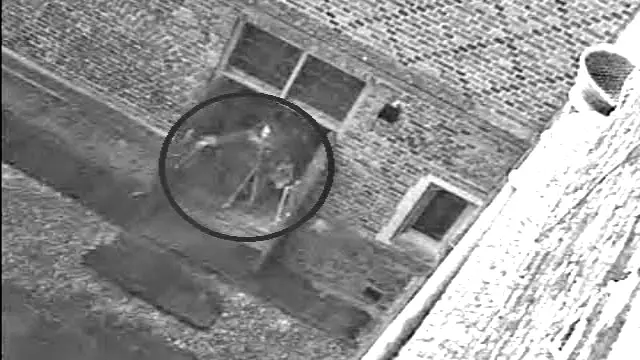A Must-Watch for Classic Film Lovers: Greta Garbo in “Camille”
I haven’t seen many Greta Garbo films, but “Camille” stands out as a true gem. Based on Alexandre Dumas fils’ novel, the film masterfully captures the collision of personal desire and societal expectations. George Cukor’s direction brings out the best in Garbo, blending elements of Romanticism and Realism to create a timeless tale of love and sacrifice.
Key Points
Summary
Set in 19th century Paris, “Camille” follows Marguerite Gautier (Greta Garbo), a courtesan known for her extravagant lifestyle. Her life takes a turn when she meets the young, handsome Armand Duval (Robert Taylor) at the theater. Despite their passionate love, Marguerite’s ties to the wealthy Baron de Varville (Henry Daniell) and societal pressures lead to a tragic end.
Cast
- Greta Garbo as Marguerite Gautier
- Robert Taylor as Armand Duval
- Henry Daniell as Baron de Varville
Camille (1936) Review
“Camille” showcases Garbo at her finest, delivering a performance full of nuance and emotional depth. Her portrayal of Marguerite is both delicate and powerful, capturing the character’s vulnerability and inner strength. Robert Taylor, in his star-making role, complements Garbo perfectly with his youthful ardor and charm.
Cukor’s direction is impeccable, allowing the actors to shine in long, uninterrupted scenes. The chemistry between Garbo and Taylor is palpable, making their love story both believable and heartbreaking. The film’s erotic undercurrent is subtly conveyed, particularly in the tense scenes between Marguerite and the Baron.
One standout moment is the scene where Marguerite and the Baron ignore Armand’s frantic knocking while sharing a chillingly intimate moment. Garbo’s fear and sorrow contrast with Daniell’s cold fury, creating a scene rich with emotional complexity.
The screenplay, adapted by Frances Marion, James Hilton, and Zoë Akins, stays true to the essence of Dumas’ novel while making it accessible to contemporary audiences. The dialogue is sharp and engaging, with each line adding to the film’s overall impact.
The film’s visual style also deserves praise. The lavish sets and costumes perfectly capture the opulence of 19th century Paris, enhancing the film’s atmosphere. The cinematography, particularly in the night scenes, adds a layer of melancholy and foreboding.
In Conclusion “Camille” is a classic that continues to resonate with audiences. Garbo’s performance, combined with Cukor’s sensitive direction and a compelling script, makes this film a must-watch for fans of classic cinema. It’s a poignant exploration of love, sacrifice, and the often harsh realities of societal expectations. For those looking to experience the magic of Greta Garbo, “Camille” is the perfect choice.




















